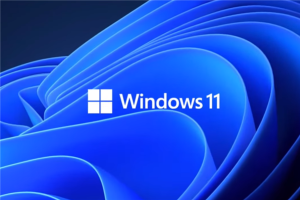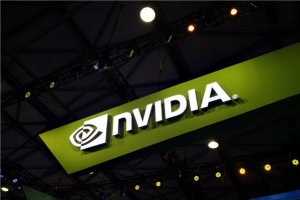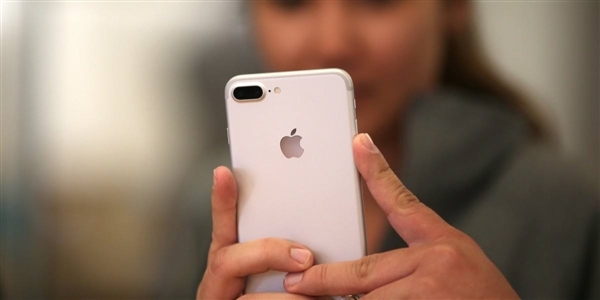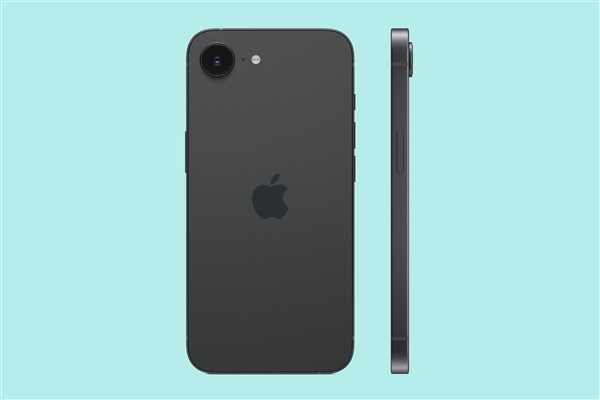January 19, 2024 – Vietnamese YouTube channel host Khôi Ngọng has recently conducted tests on two upcoming smartphones from the Galaxy S24 series. According to his findings, the Galaxy S24 Ultra, powered by the Qualcomm Snapdragon 8 Gen 3 processor, achieved an AnTuTu benchmark score of 1,814,945 points. In contrast, the Galaxy S24, equipped with the Exynos 2400 chipset, scored 1,699,940 points.

Comparing the two benchmark scores, it is evident that there is a notable difference of 115,005 points, which translates to a 6.7% advantage for the Qualcomm Snapdragon 8 Gen 3 over the Exynos 2400 in terms of performance.
Interestingly, Khôi Ngọng also observed a significant difference in temperature increase between the two devices after the benchmark tests. While the Snapdragon 8 Gen 3 saw a minimal temperature rise of 0.6 degrees Celsius, the Galaxy S24 with the Exynos 2400 experienced a more significant increase of 14.3 degrees Celsius. However, upon further investigation, it appears that the reported temperature increase of 0.6 degrees Celsius for the Galaxy S24 Ultra may have been an error. The test actually began at 31.9 degrees Celsius and ended at 38.9 degrees Celsius, indicating a temperature increase of 7 degrees Celsius for the Snapdragon 8 Gen 3-powered device.
Meanwhile, Nguyen Phi Hung has shared the results of 3DMark Wildlife Extreme tests on the new chipsets. The tests reveal that the chipsets have surpassed their predecessors, achieving a score of 4,042 points and an average frame rate of 24 FPS. Impressively, it even outperforms Apple’s latest A17 Pro chipset, which is known for its capability to handle AAA-level gaming console games.
However, despite its improvements, the Exynos 2400 still lags behind the Adreno 750 found on the Snapdragon 8 Gen 3. The latter scored approximately 5,300 points in the same test, delivering an average frame rate of around 32-34 FPS. Thus, it appears that there is still a performance gap between the two chipsets, both in terms of CPU and GPU capabilities.












